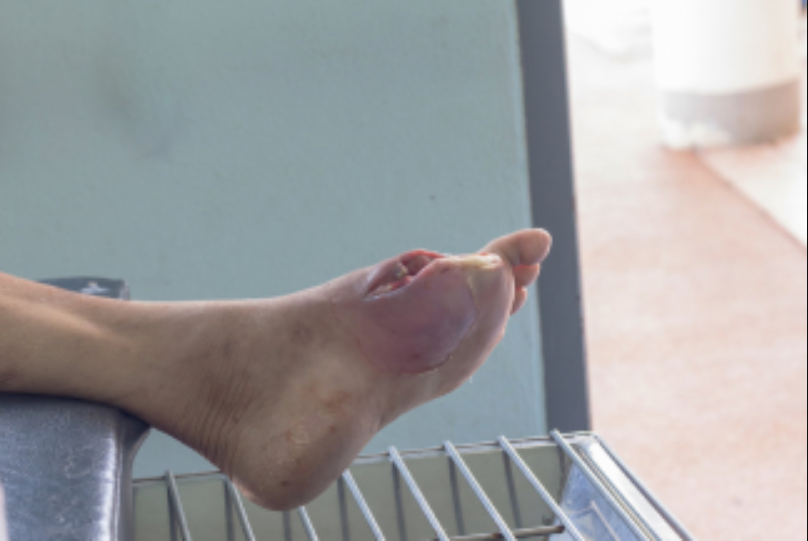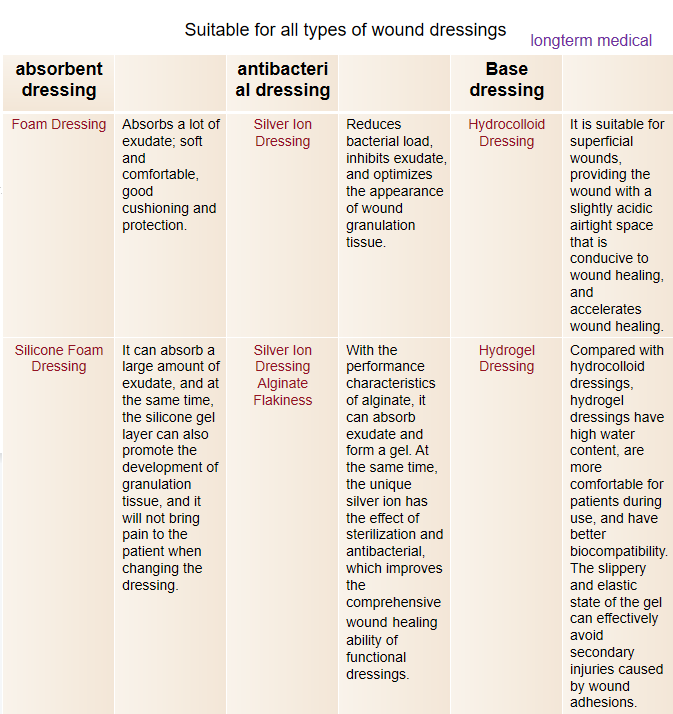Despite more standardized postoperative preventive measures and procedures, postoperative wound infection is still a relatively common problem. Wound infection is also complex and can lead to high morbidity and mortality. Surgical infections cost approximately $3.5 to $10 billion per year in the United States. In addition, surgical infection can prolong the length of hospital stay. This article will introduce how to prevent and treat after surgery.
What are the common postoperative complications?
wound infection :
Infection is the most common and serious complication of surgical wounds. Most postoperative infections occur within a month, causing redness, pain, fever, and discharge from the wound. It is recommended to use a suitable functional wound dressing as soon as possible according to the wound condition.
Wound dehiscence:
Dehiscence is a condition in which a surgical site gradually separates or opens completely due to various factors, such as poor sutures, pressure on the wound area, compromised immune system, or infection. Signs of surgical wound dehiscence are pain, redness, swelling, bleeding, drainage, and a sudden pulling sensation. For such patients, it is necessary to maintain a balanced diet, keep hydrated, not exercise vigorously, not smoke, and adhere to good wound care habits. Timely use of Wound Skin Closure can effectively prevent wound dehiscence.
How do you treat surgical wound complications?
Longterm Medical provides individualized care for surgical wound complications, including:
① Wound cleaning: debridement of local necrotic and infected tissue of the wound, bacterial culture and appropriate antibiotic treatment, and then routine disinfection of the wound.
② Using Wound Skin Closure can prevent the wound from dehiscence.
③ Use functional dressings, such as Silver Ion Dressing Foam, which can not only absorb a large amount of exudate from the wound but also contains silver ion particles in the dressing, which can kill the bacterial coefficient and reduce the possibility of infection. Your doctor will also choose a dressing that is better for your wound.
How to choose a suitable wound dressing?
Dressings are another important component of postoperative wound management. A good dressing maintains a moist wound environment that promotes wound healing, is able to remove excess exudate that can lead to wound maceration, provides a good barrier to prevent bacterial or fluid contamination, and adheres to the skin but does not remove when removed. Can cause trauma. Since no two wounds are the same, dressing protocols must be individualized to suit the needs of each wound. Factors to consider when deciding which dressing to choose to include the location, size and depth of the wound, and the level of exudate.
What factors increase the risk of postoperative wound complications?
You are more likely to have surgical wound complications if you have any of the following risk factors:
① Smoking: Smoking reduces oxygen levels in the body, which inhibits healing.
② Diabetes: High blood sugar can lead to a number of problems that can disrupt wound healing and increase the risk of infection, including increased inflammation and depleting of the body's supply of healing cells.
③ Obesity: Obesity is associated with a higher risk of impaired healing and dehiscence.
④ Malnutrition: Proper nutrition plays a vital role in wound healing. Your body needs extra calories, protein, vitamins and minerals to support the increased demands of wound healing. Even if you eat a balanced diet, you may not be getting the high levels of nutrients you need to heal. This increases the risk of infection and poor wound healing.
⑤ Cancer treatment: Radiation therapy and drugs used in chemotherapy can inhibit the healing process.
For more information on Innomed® silver ion dressing, refer to the previous articles. If you have customized needs, you are welcome to contact us; we will serve you wholeheartedly.
At Longterm Medical, we transform this data by innovating and developing products that make life easier for those who need loving care.
Editor: kiki Jia
Date: November 23, 2022

 English
English عربى
عربى Español
Español русский
русский 中文简体
中文简体








